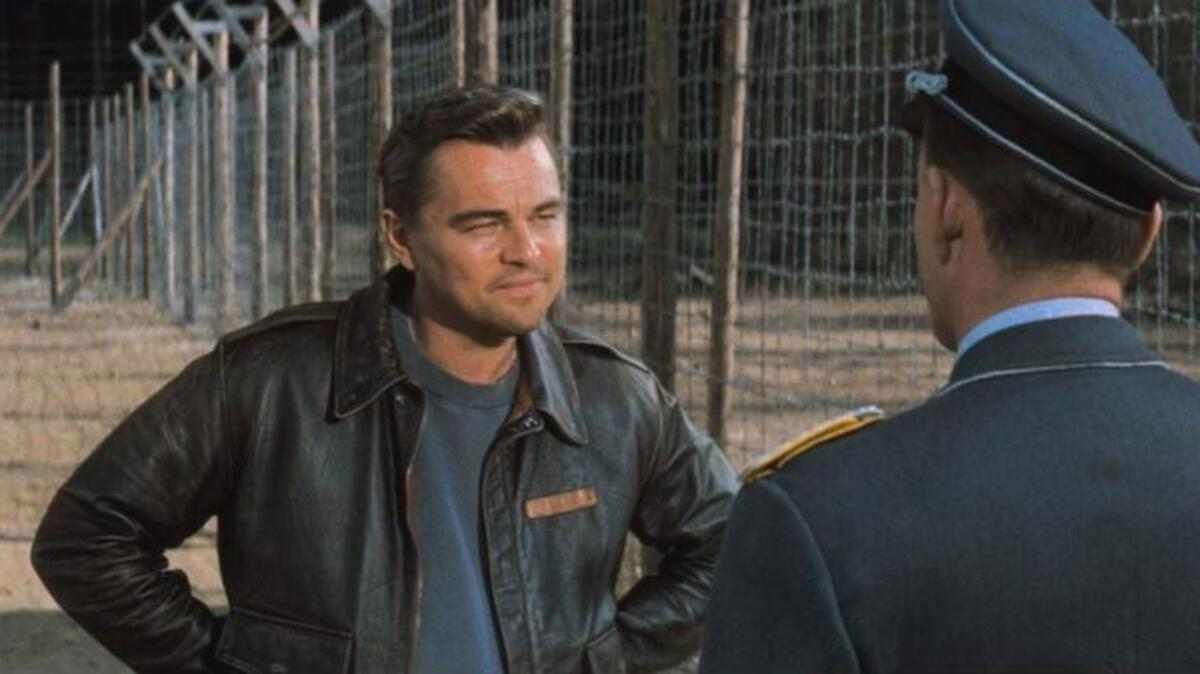In the world of filmmaking, every shot serves a purpose. Whether it’s to convey a character’s emotions, advance the plot, or immerse the audience in the narrative, each shot is a carefully crafted piece of visual storytelling. One such shot that plays a crucial role in enhancing the storytelling experience is the cutaway shot. This article explores the concept of cutaway shots in films, why they are essential, and where they are most useful.
What Is A Cutaway Shot?
A cutaway shot is a brief interruption in the primary action of a scene, usually showing something unrelated to the main characters or plotlines. It can be a close-up, medium shot, or even a wide shot that diverts the audience’s attention momentarily from the main action to provide context, build tension, or offer insight into the characters or setting. Cutaway shots are valuable tools in a filmmaker’s arsenal because they allow for visual storytelling beyond the immediate narrative.
Why Are Cutaway Shots Useful?
Cutaway shots are often employed to provide viewers with essential contextual information. For example, in a crime thriller, a cutaway shot of a hidden weapon or a piece of evidence can help the audience piece together the mystery, even if the characters are unaware of it. These shots give the audience a sense of “being in the know,” which can heighten suspense and engagement.
Character Insight: Cutaway shots can also be used to reveal the inner thoughts and emotions of characters. By focusing on a character’s reaction or a subtle expression during a conversation, filmmakers can offer the audience valuable insights into their motivations and feelings. These shots can be particularly powerful when used sparingly, allowing viewers to connect with the characters on a deeper level.
Pacing and Rhythm: In terms of pacing, cutaway shots can serve as a brief pause in the narrative, giving the audience a moment to absorb information or process emotions. This pause can create a natural ebb and flow in the film’s rhythm, preventing it from becoming monotonous or overwhelming. Cutaways act as visual punctuation marks, guiding the viewer through the story’s highs and lows.
Building Tension: Cutaway shots are effective tools for building tension and suspense. By diverting the audience’s attention to seemingly unrelated elements, filmmakers can create a sense of impending danger or uncertainty. For instance, in a horror movie, a cutaway shot to a flickering light or a slowly opening door can heighten the suspense and anticipation of a scare.
Visual Variety: Variety in shot composition keeps the audience engaged. Without cutaway shots, a film may rely solely on dialogue and close-ups of characters, which can become visually monotonous. Introducing cutaways adds diversity to the visual language of the film, making it more dynamic and interesting to watch.
Where Are Cutaway Shots Most Useful?
Dialogue Scenes: In scenes heavy on dialogue, cutaway shots can be used to break up the monotony and add visual interest. A character’s reaction, an object on a table, or the environment can all be explored with cutaway shots, enhancing the overall scene.
Suspense and Thriller Genres: Cutaway shots are frequently employed in suspense and thriller genres to keep the audience on the edge of their seats. They can create a sense of unease and anticipation by revealing subtle details that hint at forthcoming events.
Documentaries: In documentaries, cutaway shots are invaluable for providing context or illustrating the subject matter. These shots can include relevant visuals, historical footage, or close-ups of objects or locations tied to the narrative.
Comedy: In comedy films, cutaway shots can be used for humorous effect. They might involve quick visual gags or absurd juxtapositions that add to the comedic timing and delivery.
Transition Scenes: Cutaway shots are also useful in transition scenes, helping to bridge different locations, timeframes, or subplots. They can provide continuity and help the audience smoothly navigate the shifts in the narrative.
Final Words
The use of cutaway shots in films is a powerful and versatile technique that enhances storytelling in various ways. By offering contextual information, revealing character emotions, shaping pacing, building tension, and adding visual variety, cutaway shots contribute significantly to the cinematic experience. Filmmakers utilize these shots strategically to engage the audience, deepen their connection with the story and characters, and keep them invested in the narrative. When employed effectively, cutaway shots elevate the art of filmmaking to new heights, proving that every frame contributes to the magic of cinema.












